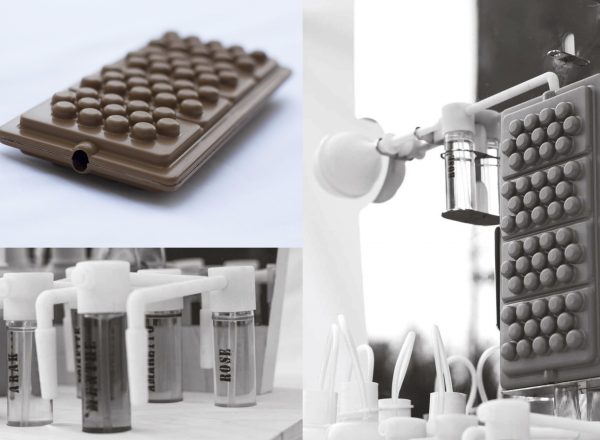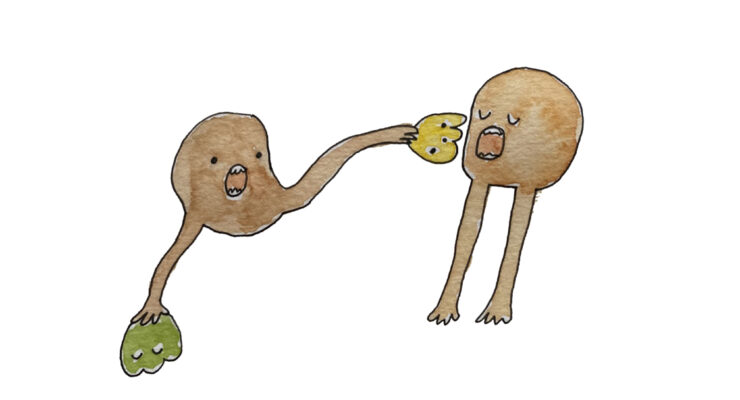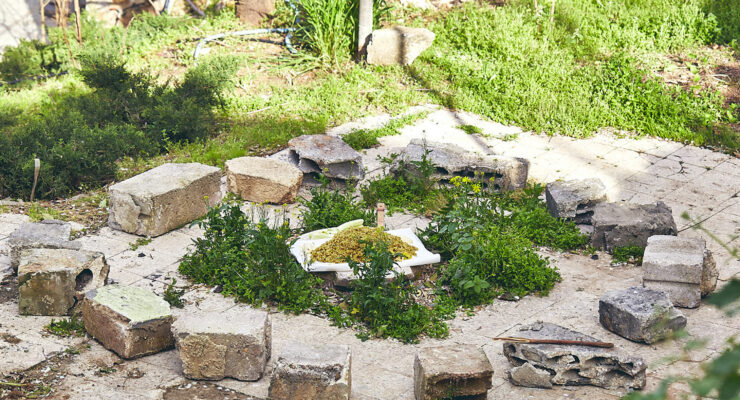“Food is a global language to connect and act upon.”
Tina Breidi is a Lebanese born designer, based in Cape Town, driven by exploring traditional cultures and tackling social and environmental challenges. Since completing her Masters in Food Design at the Scuola Politecnica di Design last year, she joined Design Indaba and helped launch Antenna 2017, a new initiative between Design Indaba and Dutch Design Week. As our correspondent for South-Africa & Lebanon she will focus on writing about real human values. By presenting provocative concepts and projects she aims to show alternative ways of living, and changing people towards a more sustainable mindset.
What is and isn’t Food & Design?
Food & Design is always or primarily associated with “l’art de la table” or “beauty on a plate”. It must be taken more thoughtfully. It should represent much more than a booming trend and a sexy field. Our awareness should go beyond color contrasts and “new” shapes giving food its merited values.
Food is a universal topic and a global language that we can connect and act upon. It embodies so many values – social, cultural, economic, psychological, physiological, emotional, political and so forth – which offer me a solid medium of expression.
Food & Design – as a rising sub-discipline of design – is closely related to humankind. It approaches the food system from production to consumption and waste using design methodologies. When merging Food & Design we are opening up to a huge library of meaningful materials and a vast spectrum of possibilities. One of them is using Food & Design as an opportunity to improve the quality of life of our society.
Aromatic Chocolate - Diploma Project - (ALBA) Académie Libanaise des Beaux Arts- Beirut, Lebanon

Project: Volumes - Internship Marije Vogelzang Studio - Dordrecht, The Netherlands

What practice in the Food & Design field is underexposed?
For example introducing Food and Design into the medical care environment. In psychological treatments and therapies, food can be used to evoke emotions and memories.
Even in the basic hospital environment, food can play a major role in enhancing the patient’s mood and health, and accelerating his recovery mentally as well as physically.
How do you see the future of Food & Design?
The community of designers working within the food field will grow bigger and bigger. And the possibilities of collaborations will multiply. Food is at the root of the pressing social and political issues of our society.
Food affected region’s political economy and shaped the interaction between nations. Food has always been a powerful political tool. Every actor in the industry – from nation-states to farmers, from consumers to manufacturers, and even researchers and journalists- uses food to achieve a goal, and often this means directing this assertion of power into personal benefits.
Today, Designers should use their position in power when dealing with food to come up with bright solutions to the whole community. Their capability of scanning the wider image, linking the dots, and proposing intelligent concepts can re-stabilize the global food chain for a healthier future.
What can you tell us on developments regarding food and design in South Africa?
South Africa has always been a homeland of ethnic diversity. This had noticeably impacted the culinary scene in Cape Town and Johannesburg. Chefs, culinary experimental studios, local food markets, food events, and fine cuisine have been blooming everywhere.
On the other hand, this country has always been facing some pressing problems. Inequality, hunger, water and housing shortage… these issues are shaping the expressive work of local artists, photographers, designers, activist and architects.
Today, with the growing generations we are seeing a fusion of both fields. The creative minds are starting to express themselves using food as a medium and implement it within the local social needs. Educational food programs are being brought into classrooms, foraging indigenous food initiatives are being developed, and food science students are creating innovative eco-friendly food alternatives… Food and design will thrive within this country where creative thinkers intertwine daily with tangible and authentic life difficulties.
_
Read more about Tina on her:
Website: www.tinabreidi.com
Instagram: @tinabreidi








